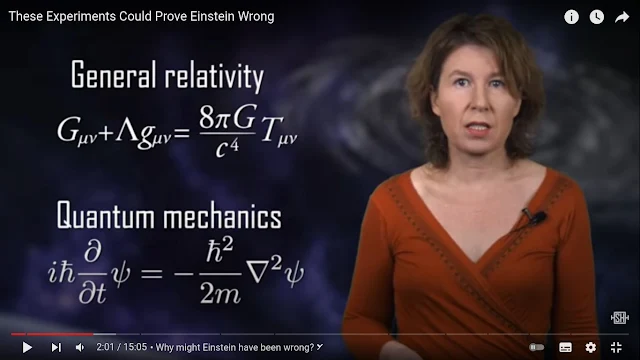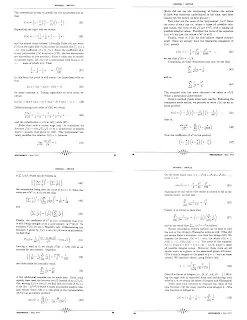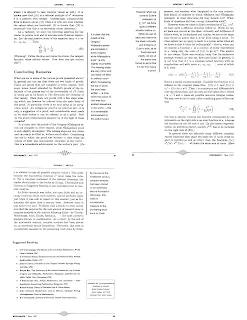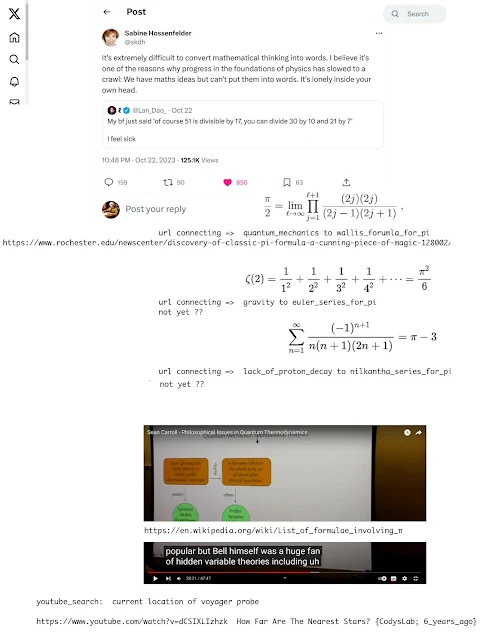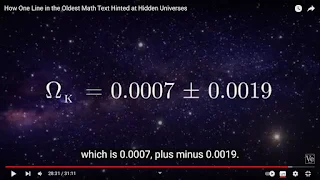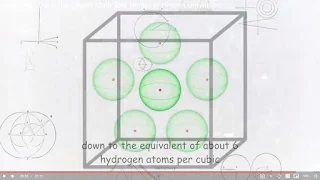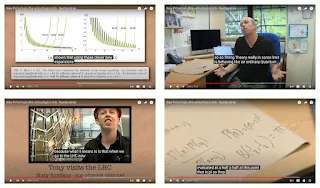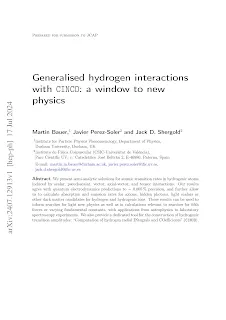https://en.wikipedia.org/wiki/Galaxy_rotation_curve
The galaxy rotation problem is the discrepancy between observed galaxy rotation curves
and the theoretical prediction, assuming a centrally dominated mass associated
with the observed luminous material.
. . . . while pi, is a result of a convergence series, and a transcendental number.
====================================================
Hello.
Generally, the baryonic matter, comes in groups of three,
and this could be related to nilkantha_convergence_series,
for localities, where proton decay, has not been observed.
However, the series is an approximation, with some further work, included below.
And then, there are vast spaces in solar system, and between galaxies.
and there the Wallis method, that has been proven to result in pi; could be applicable;
however, it converges, relatively, slowly.
It is my conjecture and opinion, that this is related to "locality", {{disclaimer}}
while lepton_universality, goes about being true.
https://en.wikipedia.org/wiki/Four_color_theorem#Simplification_and_verification
https://en.wikipedia.org/wiki/Percolation
====================================================
Including some source code
import math
## has been proven to result in pi
def finding_convergence_wallis_method(n):
result = 2.0
for j in range(1, n):
i = 2 * j
numerator_next = i * i
denominator_next = (i - 1) * (i + 1)
result = (result * numerator_next) / denominator_next
print("convergence_result_wallis_mehod_for_pi = ", "{:.40f}".format(result))
print("python mathpi = ", "{:.40f}".format(math.pi))
## converges quickly, not exactly;;
def finding_convergence_nilkantha_series(n):
result = 3;
three_d = result;
curvature_toggle = 1
for i in range(1, n):
denominator = (three_d - 1) * (three_d) * (three_d + 1)
g_additive = (4.0 / denominator)
result = result + (curvature_toggle * g_additive)
curvature_toggle = 0 - curvature_toggle
three_d = three_d + 2
print("convergence_result_for_nilkantha_series = ", "{:.40f}".format(result))
print("python mathpi = ", "{:.40f}".format(math.pi))
#start
finding_convergence_wallis_method(99999)
finding_convergence_nilkantha_series(99999)
====================================================
results =>
convergence_result_wallis_mehod_for_pi = 3.1415847995002321724200555763673037290573
python mathpi = 3.1415926535897931159979634685441851615906
convergence_result_for_nilkantha_series = 3.1415926535897864546598157176049426198006
python mathpi = 3.1415926535897931159979634685441851615906
====================================================
====================================================
Also additional notes about nilkantha convergence series
====================================================
====================================================
## also Euler series, converges slowly
def finding_convergence_euler_series(n):
result = 0;
for i in range(1, n):
g_additive = 1.0 / (i *i); # in an isosceles triangle, two sides, have the same length
result = result + g_additive;
approx_of_pi = math.sqrt (result * 6.0); # six isosceles triangles, can form a planar hexagon
print("convergence_result_for_euler_series = ", "{:.40f}".format(approx_of_pi))
print("python mathpi = ", "{:.40f}".format(math.pi ))
finding_convergence_euler_series(99999)
finding_convergence_euler_series(999999)
results =>
convergence_result_for_euler_series = 3.1415831041354680408517197065521031618118
python mathpi = 3.1415926535897931159979634685441851615906
convergence_result_for_euler_series = 3.1415916986585985526403419498819857835770
python mathpi = 3.1415926535897931159979634685441851615906
====================================================
====================================================
In reality, pi_square, participates in the context of Poincaré conjecture,
====================================================
====================================================
## this one uses Decimal precision in Python, and takes time;
from decimal import *
import math
def finding_convergence_nilkantha_series(n):
getcontext().prec = 50
base = Decimal(2.0)
curvature_toggle = 1
result = base + curvature_toggle
three_d = result;
numerator = base + base
for i in range(1, n):
denominator = (three_d - 1) * (three_d) * (three_d + 1)
g_additive = (numerator / denominator)
result = result + (curvature_toggle * g_additive)
curvature_toggle = 0 - curvature_toggle
three_d = three_d + base
print("convergence_result_for_nilkantha_series = ", "{:.40f}".format(result))
#start
finding_convergence_nilkantha_series(99999)
finding_convergence_nilkantha_series(999999)
convergence_result_for_nilkantha_series = 3.1415926535897929884551432645285653840408
convergence_result_for_nilkantha_series = 3.1415926535897932382126426332783153832597
====================================================
from what I remember, the last time I checked (in 2004-05),
bc goes about using arc_tan series, bessel functions, and gnu_c_bignum?? or local vector_arrays. OK.
3.141592653589793238462643383279502884197169399375105820974944592307\
81640628620899862803482534211706798214808651328230664709384460955058\
22317253594081284811174502841027019385211055596446229489549303819644\
28810975665933446128475648233786783165271201909145648566923460348610\
45432664821339360726024914127372458700660631558817488152092096282925\
40917153643678925903600113305305488204665213841469519415116094330572\
70365759591953092186117381932611793105118548074462379962749567351885\
75272489122793818301194912983367336244065664308602139494639522473719\
07021798609437027705392171762931767523846748184676694051320005681271\
452635608277857713427577896088
====================================================
====================================================
====================================================
====================================================
====================================================
